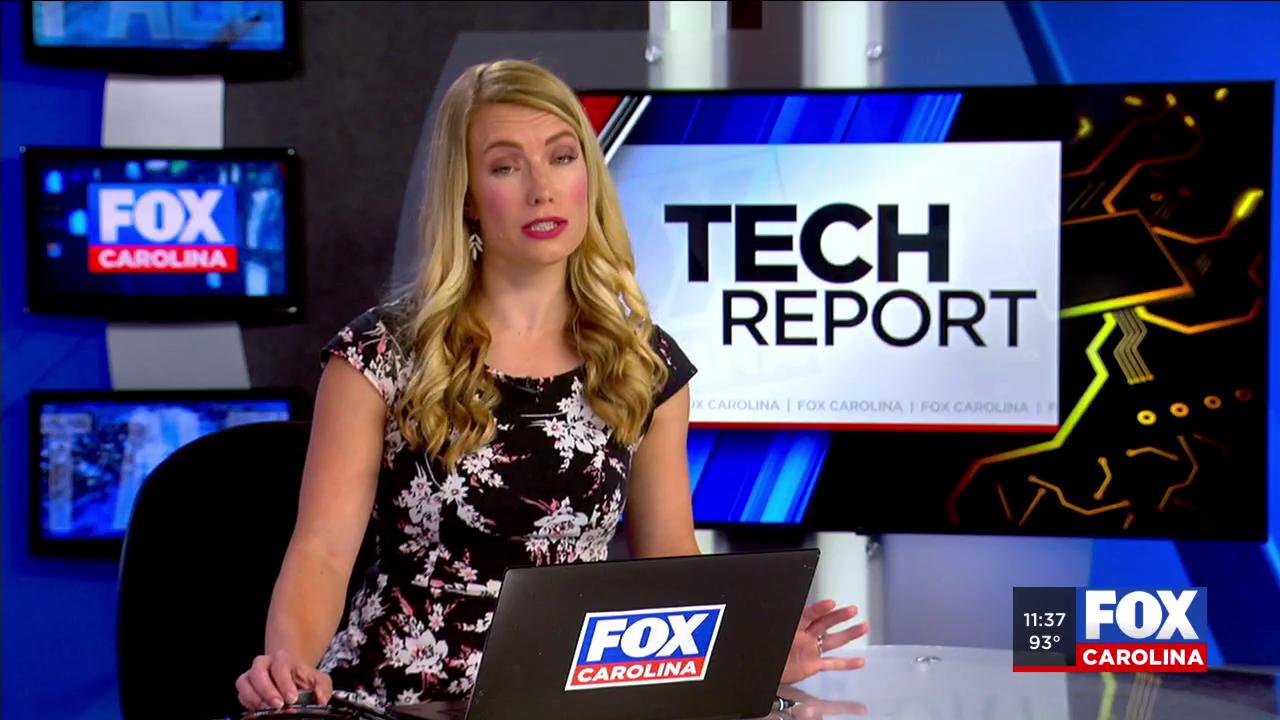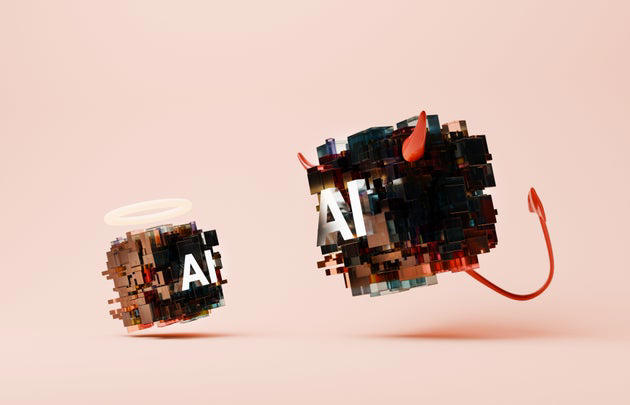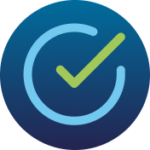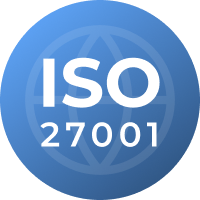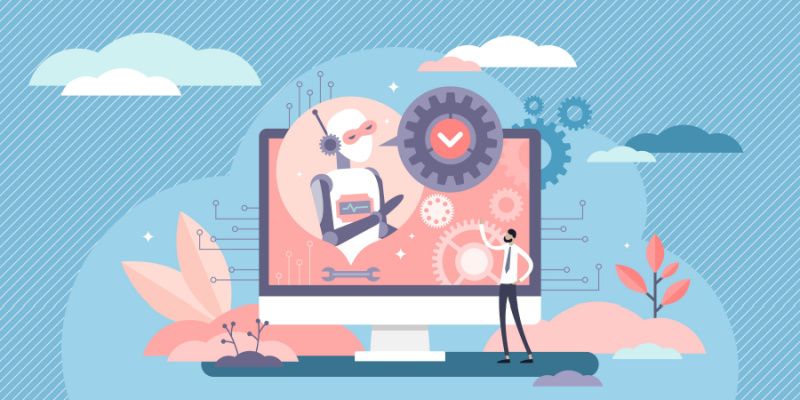
From talent acquisition to employee well-being, AI enables HR teams to overcome challenges, streamline processes, and create a positive work environment. Embrace the future of HR with AI-powered solutions to enhance efficiency and responsiveness, and drive organizational success, says Binny Gill, CEO and founder of Kognitos.
Over the last few years, human resource departments have faced challenges propelled by hot labor markets and permanent shifts in work driven by the COVID-19 pandemic. HR teams wrestled with questions including: “How do I find and attract top talent?”; “How do we retain talent in a period of severe wage inflation?”; “How do I maintain company culture with large parts of our team working remotely?” and “How do we do more with less?”. Add to these questions the consideration of what the future of work looks like, including the impact of technology, and HR teams have a lot to think about.
In addition to all these difficult challenges, HR teams must fulfill their traditional role of looking out for the company’s best interests while ensuring a safe, positive work environment and employee well-being. Unsurprisingly, many HR professionals feel burned out and resource-stretched. Thankfully, large language models (LLMs) and the rise of generative AI present opportunities for HR teams to do more with less while becoming more responsive to their stakeholders.
Artificial Intelligence Isn’t New to HR, but It Hasn’t Been Accessible
The use of artificial intelligence to assist HR team members has been introduced previously. Many HR teams used AI in the past to help solve narrow problems within their day-to-day operations, from resume screening to measuring employee well-being.
So what were the challenges in its adoption? Let’s dig in.
Even a few short years ago, using AI in HR was a tall task. Building and deploying AI programs requires highly trained data scientists or AI developer talent. Bottlenecks created by the limited talent in these areas forced executives to prioritize the work of AI, ML, and automation teams to customer and core R&D items rather than internal automation and AI projects. When AI can only be deployed by those with specific skills, internal improvement projects, especially for departments like HR, are placed on the back burner and may never see the light of day.
Additionally, AI’s deployment used to be limited by the narrowness of its capabilities. Many AI-based “point solutions” exist to help HR solve day-to-day problems. However, these solutions suffer from the same problem as mentioned above. If an HR department has multiple AI solutions to boost the productivity of team members, IT teams will need to have a heavy role in managing these technologies. Overburdened IT departments face the same challenges as the developers, again blocking or backlogging proposed HR projects.
AI is also traditionally challenging HR due to variability and “exceptions.” Traditional AI and automation solutions, such as robotic process automation (RPA), generally do well at performing high-volume, predictive tasks with a limited number of variables. The greater the number of variables, or “exceptions,” that occur in an HR process, the greater the chance these traditional approaches will break. Due to the high human component of HR, processes from recruiting to compliance to talent development and even offboarding contain significant variability from person to person, causing traditional automation to break frequently.
AI’s Role in Today’s HR Function
The recent explosion of large language models (LLMs) and generative AI has changed the game. For the first time, average business users can utilize AI in their day-to-day workflows using ChatGPT and GPT4, giving average HR team members the ability to communicate directly with AI in natural language in the same way they would work with a colleague to solve a problem, without the need for developers or extensive work from IT teams.
In adopting LLMs and generative AI in this way, not only is an HR professional able to control how they automate the HR processes that they want to be executed and handle any exceptions, but it is also at a significantly lower cost to the organization — an estimated 20-40% of the cost of traditional automation solutions.
So where can AI make its biggest impact on traditionally mundane processes?
- Resume and candidate screening: AI can help HR professionals monitor candidates on career websites, download resumes, and create short summaries of each candidate for review.
- Employee onboarding: AI can help HR team members take new hire information, register it through Active Directory, upload tax and compliance forms, and send welcome emails to new hires with their specific onboarding information.
- Compliance monitoring: AI can summarize and keep track of new regulations and monitor and prompt users to maintain and complete training so that employees are always compliant.
- Payroll: AI can automate the payroll process from end-to-end, including changes within HRIS and payroll software, calculation of commissions based on CRM systems, and accelerator calculations.
What’s Next for AI in HR?
HR leaders need to think about the future of how they will implement and roll out AI within their organizations. A few things they should consider:
1. Ensure human intervention when using AI for sensitive tasks
HR activities involve significant amounts of personal and company data and are often disjoined across many systems. Because LLMs by themselves are black boxes, they can be unsafe to use on end-to-end processes alone. HR departments must ensure that when they are levering LLMs, they are auditable by humans before any automation occurs.
2. Embrace conversational exception handling
HR processes have lots of variables and frequently change – from small changing small details on an employee record like an address to adding new choices to benefits packages. HR professionals must be able to keep control of the different exceptions happening on a day-to-day basis and ensure that when they are using AI automation, it allows them to do so.
3. Evaluate the skills needed for HR team members in an AI-enhanced future
Generative AI and LLMs are changing the skill set most prioritized for the future. HR teams must prioritize candidates with the strongest EQ and critical thinking rather than pure analytical capabilities. The people asking critical questions will be the most productive in the new age of AI.
The Future of AI in HR
The future is ripe for the use of AI in HR. However, as more organizations look to deploy these powerful, new technologies, they must do so carefully and keep the hype of AI from taking over their full automation process potential.
The rise of LLMs and generative AI allows HR teams to overcome challenges and achieve greater efficiency and responsiveness. By leveraging AI in their day-to-day workflows, HR professionals can automate mundane processes, enhance candidate screening, streamline employee onboarding, ensure compliance, and automate payroll. However, careful implementation, human intervention for sensitive tasks, and prioritizing critical thinking and emotional intelligence in HR team members are essential for successful adoption. The future of AI in HR is promising, offering the potential to do more with less and create a positive work environment for employees.

